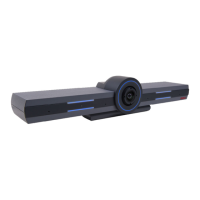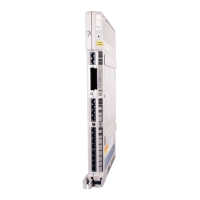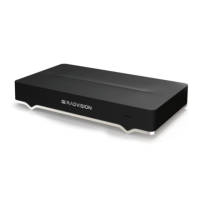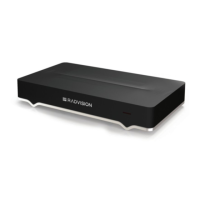Installation and Upgrades for DEFINITY ONE and
IP600 Internet Protocol Release 10
555-233-109
Issue 6
December 2001
Intuity AUDIX Digital Networking
4-17Changing local machine information
4
Prefix 0 to 21
alphanumeric
characters
Enter the prefix digits. A user enters the prefix
before the remote user’s extension when
addressing voice messages. To simplify this task,
use a short, descriptive prefix. The total length of
the prefix plus the extension must not exceed 25
characters. The system uses the prefix only to
identify users. It is not used for dialing out, so it
does not need to match an area code or office
code. The following are examples of possible
prefixes:
No prefix — The prefix is required only when one
or more of the remote users share the same
extension numbers as the local users (the
extension ranges of the two systems overlap). If
there are no overlapping extension numbers, a
prefix is not needed.
Public network access code — When addressing
a message to a remote user, the local user enters
the remote user's number as if placing a call to
that user.
Location code — This method simplifies
addressing messages by requiring only an
alphanumeric code in front of the extension
number. Location codes are shorter and often
easier to remember.
Start Ext. A 3-digit
to10-digit string
Enter the starting extensions for the ranges of
telephone numbers used on the local system.
(Designate a block of switch extensions that can
be used at the local system when assigning
users.)
For example, if your system uses extensions
between 2000 and 3000, enter 2000 in the Start
Ext. field.
Up to 10 different ranges can be specified to
pinpoint the exact set of extension blocks used by
the local system. The length of the start and end
extension must agree with the Extension Length
field. For a 5-digit extension, the default is 00000
to 99999.
Table 4-5. Field definitions; remote machine profile screen, page 1 — Continued
Field Valid input Description
Continued on next page

